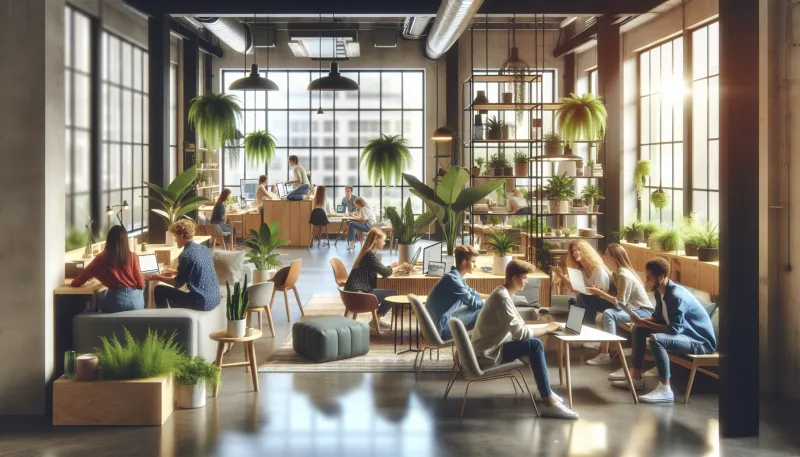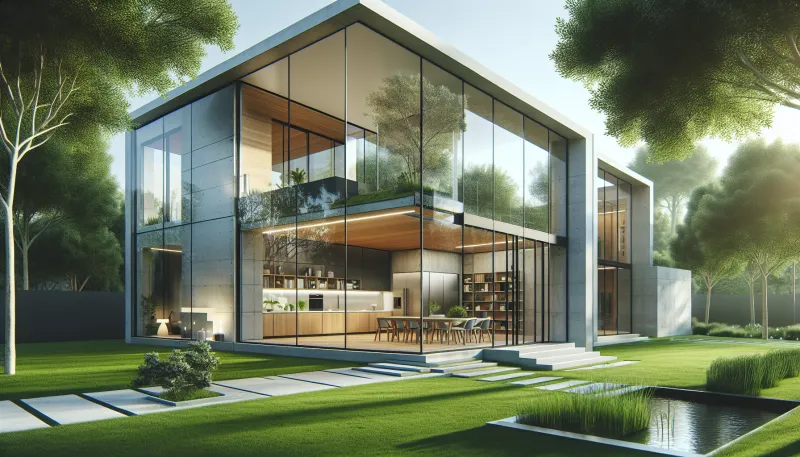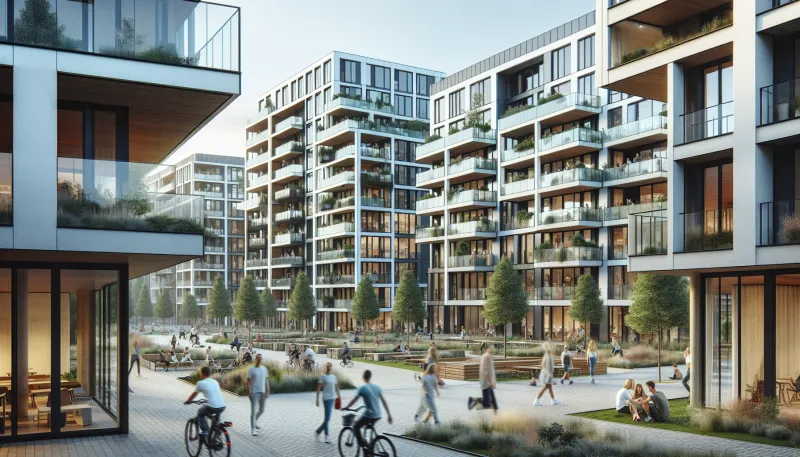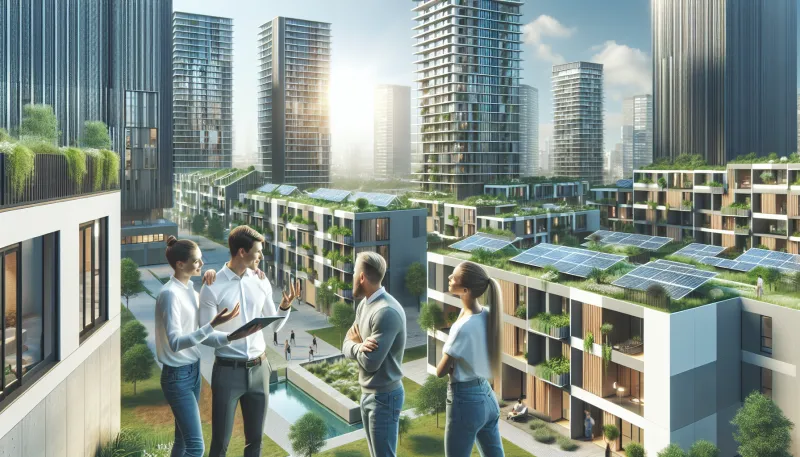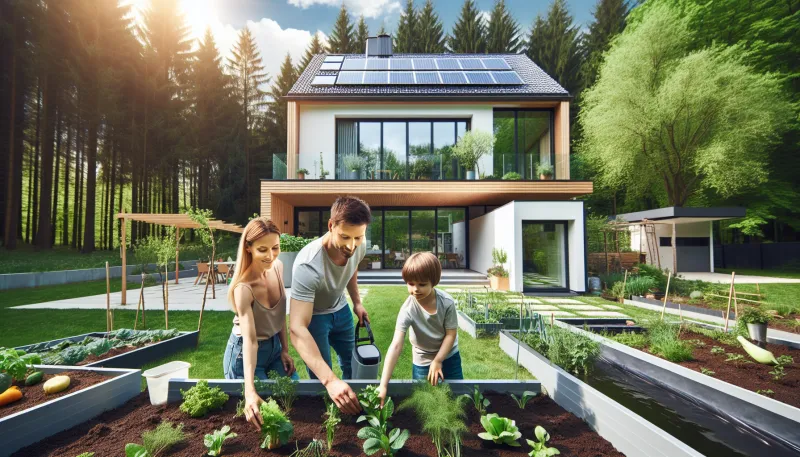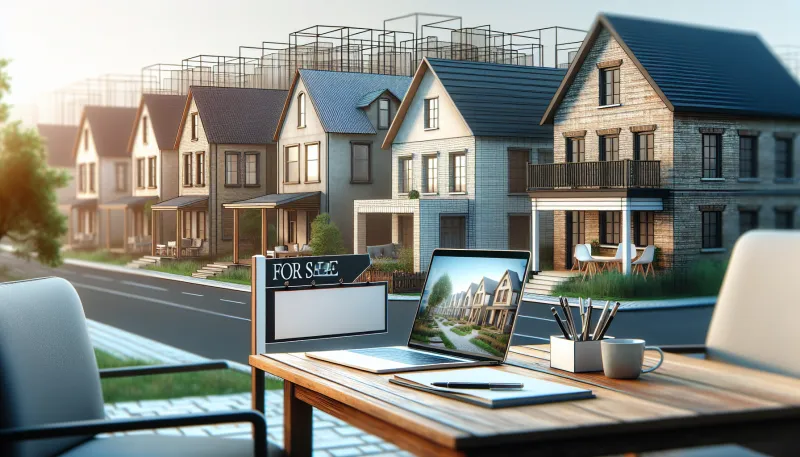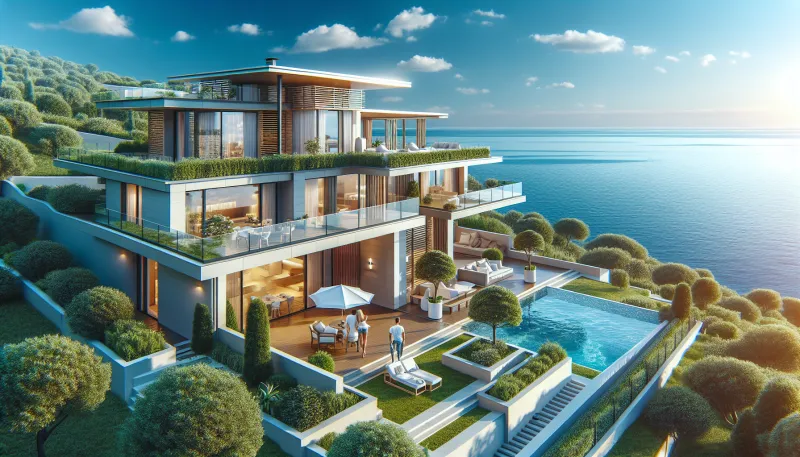
The global shift toward luxury second homes: trends and impacts
The luxury second home market is undergoing a profound transformation as affluent individuals worldwide increasingly seek exclusive properties beyond their primary residences. This global shift is fueled by changing lifestyles, enhanced remote work opportunities, and evolving investment strategies, reshaping both real estate landscapes and local economies. Understanding these dynamics offers valuable insights into the future of luxury living and real estate investment.
- Rising demand for luxury second homes
- The role of remote work in shifting housing preferences
- Popular destinations for luxury second homes
- Economic drivers behind the luxury second home market
- Technological advancements facilitating global purchases
- Sustainability and eco-conscious design in luxury homes
- Impact on local real estate markets and communities
- Legal and regulatory considerations for international buyers
- Future outlook for the luxury second home market
Rising demand for luxury second homes
Across various regions, there has been a marked increase in the demand for luxury second homes. Wealthy buyers are motivated by desires for privacy, comfort, and recreation in premium locations. This surge reflects broader trends in the luxury real estate sector, as buyers prioritize spacious, well-appointed properties that offer retreat and indulgence away from urban centers.
The role of remote work in shifting housing preferences
The expansion of remote work has played a pivotal role in changing housing preferences. Professionals are no longer tethered to office locations, enabling them to invest in second homes in desirable, often less densely populated areas. This flexibility has broadened the appeal of luxury vacation properties, turning them into viable long-term residences.
Popular destinations for luxury second homes
Some locations have emerged as hotspots for luxury second home purchases. Coastal regions, mountain resorts, and culturally vibrant cities attract buyers seeking scenic beauty and lifestyle amenities. Places like the French Riviera, Tuscany, Aspen, and Bali are renowned for their mix of natural appeal and exclusive services.
Economic drivers behind the luxury second home market
Economic conditions such as low interest rates, increased wealth accumulation, and favorable currency exchange rates have supported the growth of the luxury second home market. Investors often view these properties as both lifestyle assets and long-term investments capable of appreciating in value.
Technological advancements facilitating global purchases
Technology has simplified the process of buying luxury second homes internationally. Virtual tours, online property management platforms, and digital legal services reduce friction in purchasing and owning properties abroad. These tools empower buyers to make informed decisions despite geographic distances.
Sustainability and eco-conscious design in luxury homes
There is a growing emphasis on sustainability in the construction and design of luxury second homes. Eco-friendly building materials, energy-efficient systems, and integration with natural environments appeal to affluent buyers seeking to minimize their ecological footprint without sacrificing comfort and style.
Impact on local real estate markets and communities
The influx of luxury second home buyers influences local real estate markets by driving up property values and altering community dynamics. While this can boost local economies through increased spending, it may also create affordability challenges for year-round residents and affect cultural authenticity.
Legal and regulatory considerations for international buyers
International buyers face a complex legal landscape when acquiring luxury second homes. Variations in property laws, tax regulations, and ownership rights necessitate careful navigation and professional advice. Compliance with local regulations is essential to protect investments and avoid legal complications.
Future outlook for the luxury second home market
Looking ahead, the luxury second home market is expected to continue evolving with trends driven by technology, changing work patterns, and sustainability priorities. Developers and investors are likely to adapt offerings to meet these demands, catering to a more diverse and globally connected clientele.
Tommy is a property-passionate journalist who covers the forces shaping housing and the built environment. With a data-driven approach and a reporter’s curiosity, he writes on market cycles, urban development, PropTech, and policy—always connecting numbers to everyday lives. [Name]’s work blends clear analysis with on-the-ground reporting to help readers navigate trends, opportunities, and risks across residential and commercial real estate.

